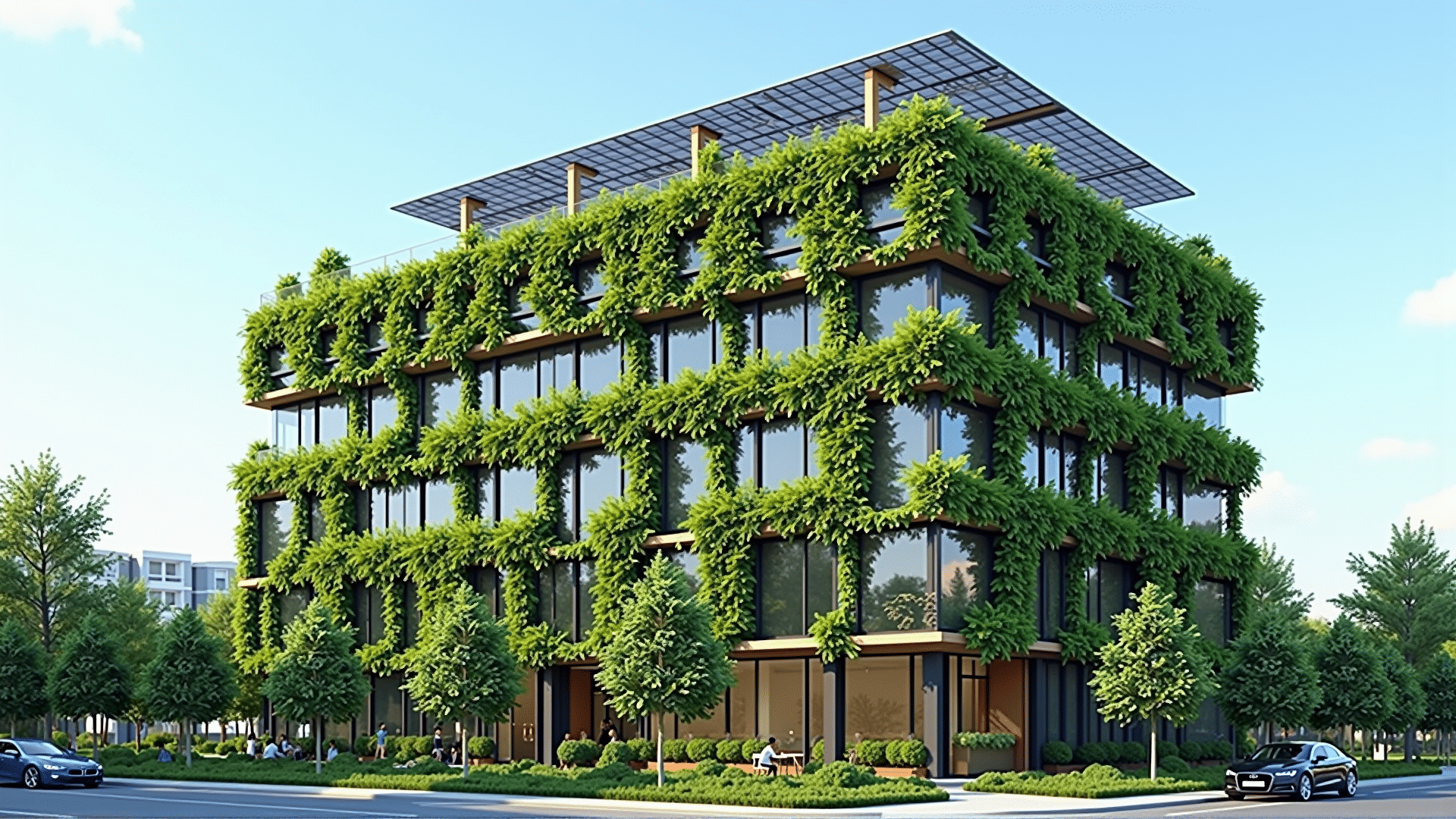In recent years, the concept of smart buildings has evolved from a futuristic idea to a practical reality. These buildings are not only intelligent in their design and operation but also deeply committed to sustainability. By leveraging innovative technologies, smart buildings significantly minimize their impact on the environment.
At the core of sustainable smart buildings is the integration of advanced energy systems that optimize consumption. These buildings often use a combination of renewable energy sources such as solar panels, wind turbines, and geothermal systems. These technologies capture and utilize natural energy, drastically cutting down on reliance on conventional power sources. The result is a noticeable decrease in emissions, aligning with global goals for carbon reduction.
Moreover, smart buildings are equipped with intelligent management systems that continuously monitor and analyze energy use. These systems use data analytics to understand patterns and recommend adjustments, ensuring energy is used efficiently. For example, they can adjust lighting, heating, and cooling based on occupancy and time of day, providing comfort while conserving resources.
Water management is another crucial element in sustainable smart buildings. By utilizing smart plumbing systems, these buildings can monitor water usage and detect leaks in real-time, significantly reducing waste. Rainwater harvesting systems and greywater recycling also contribute to more sustainable water practices.
The use of sustainable materials in construction further enhances the eco-friendly nature of smart buildings. These materials, often sourced locally, reduce transportation emissions and are designed for durability and low environmental impact. Additionally, smart buildings incorporate green roofs and living walls, which not only improve insulation and air quality but also promote biodiversity in urban areas.
Another important aspect is the incorporation of IoT (Internet of Things) technology, which connects all systems within a building for seamless operation. This connectivity allows for real-time adjustments and remote monitoring, increasing the building's efficiency and responsiveness to environmental conditions.
Smart buildings also prioritize the well-being of their occupants. By ensuring optimal air quality, natural lighting, and thermal comfort, these buildings enhance health and productivity while maintaining a low ecological footprint. The integration of smart sensors helps regulate indoor conditions automatically, creating a harmonious balance between human comfort and environmental stewardship.
In conclusion, sustainable smart buildings represent a significant step towards a more sustainable future. By employing cutting-edge technology and sustainable practices, they set a standard for energy efficiency and environmental responsibility, paving the way for a new era of construction. As technology continues to advance, these buildings will undoubtedly play an essential role in our collective journey towards global sustainability.
